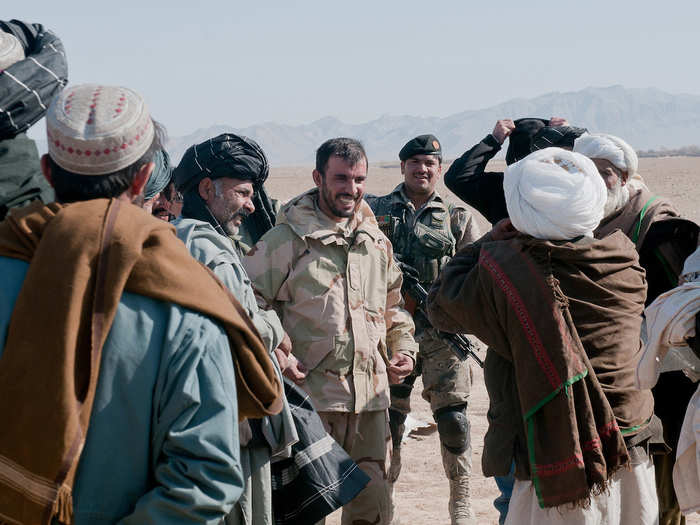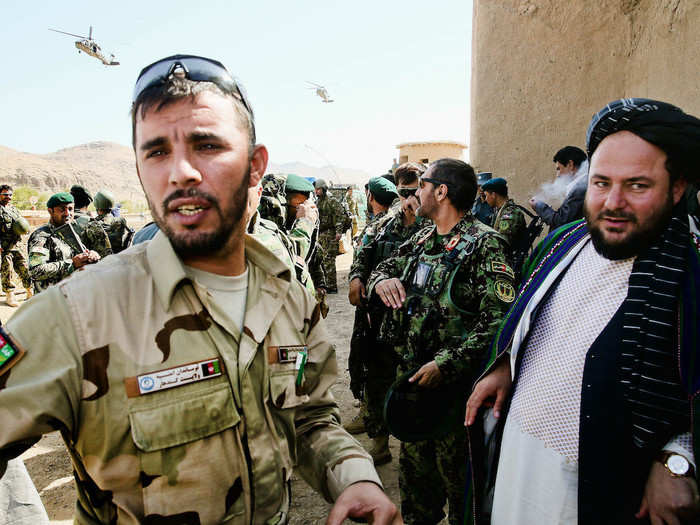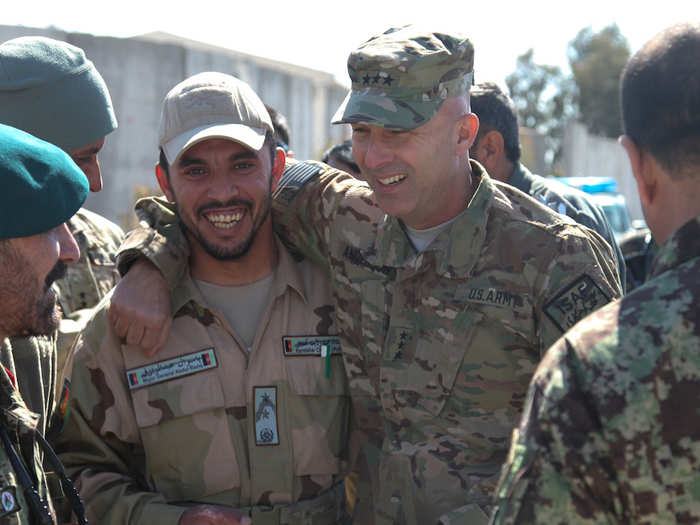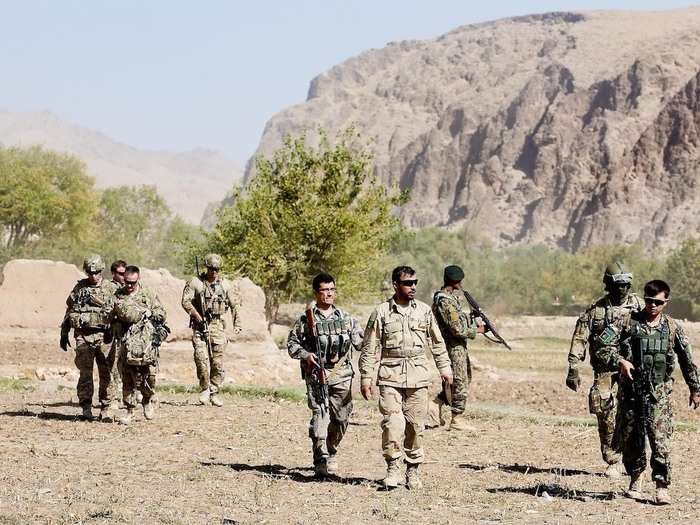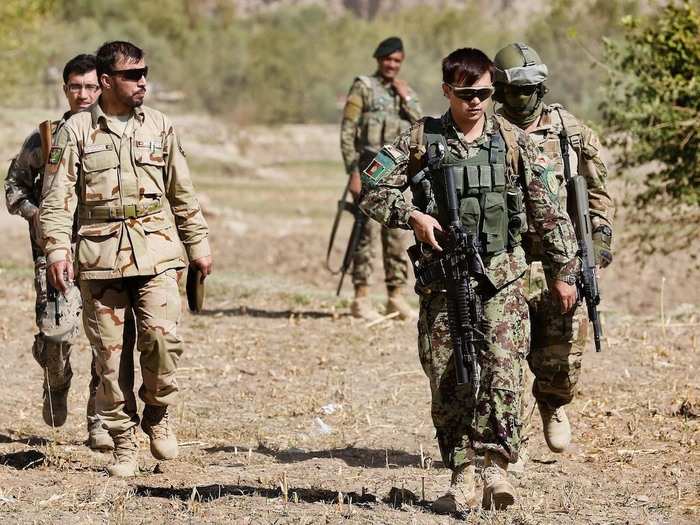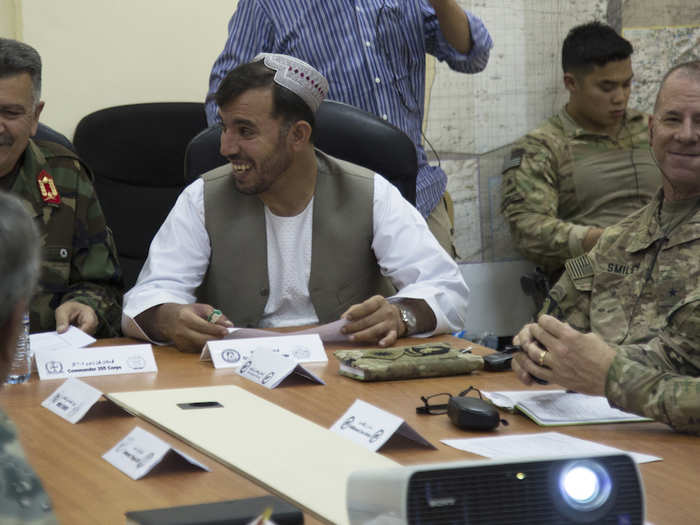Soon afterwards, Raziq became a police officer, operating along the border between Kandahar and Pakistan's Balochistan province. He would quickly rise through the ranks, becoming a trusted ally of the US as he was seen as a fierce Taliban fighter.
In 2011, after the Taliban assassinated Khan Mahammad Mojayed, the former Kandahar police chief, Raziq was made the provincial police chief, charged with securing Kandahar City from the Taliban.
By 2015, with a group of loyal police officers, Raziq had taken control of Kandahar province using scorched-earth methods, and earning the praise of US military leaders.
And with his increasing power over the years, came increasing wealth. He owned businesses in other countries, dealt in horse trading and spent a lot of time in Dubai.
Source: The New York Times
But Raziq would also be accused of human rights abuses, corruption and drug-trafficking along the way.
In 2017, the United Nation's Committee against Torture said it was concerned about allegations that Raziq was complicit, if not personally implicated, in torturing detainees thought to be associated with the Taliban, including using such methods as, suffocation, crushing testicles, pumping water into stomachs, electric shock treatment, and numerous disappearances.
Raziq repeatedly denied those allegations.
Source: Reuters, Human Rights Watch, The New York Times
In the last few years of his life, Raziq often disregarded the chain of command, criticized Afghan President Ghani and would often walk around without his uniform on. Ghani considered firing him, but the US dissuaded him, arguing it would bring instability.
Raziq was shot on Thursday when a Taliban gunman opened fire on Raziq and other officials as they were taking pictures outside the Kandahar governor's palace yard, according to TOLO News.
He was shot four times, TOLO reported.
“This killing is the most significant military victory for the Taliban in recent memory,” Graeme Smith, a consultant for the International Crisis Group, told The New York Times. “The insurgents’ main enemy has now disappeared in the southern heartland where the Taliban movement was born.”
Source: The New York Times, Al Jazeera

